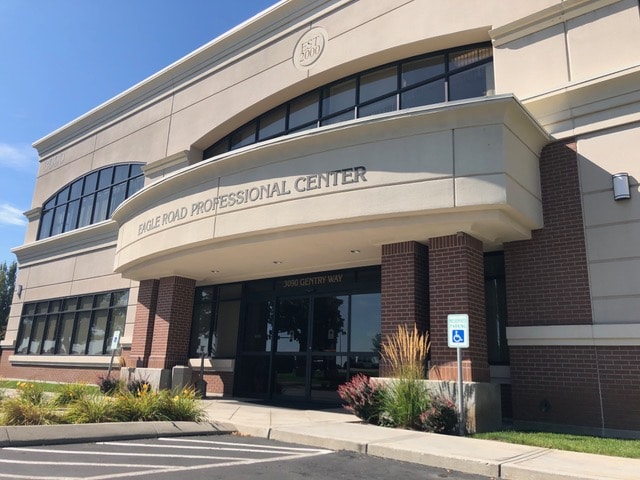Blepharoplasty
The eyes are often one of the first features people notice when meeting you and can be a defining feature of your face and its expressions. The eyelid, because its skin is much thinner than that in other parts of the face, is often one of the first facial areas to exhibit signs of aging. Blepharoplasty, also known as eyelid surgery or an eyelid lift, can restore a youthful appearance to your eyes. It can rejuvenate puffy, sagging or tired-looking eyes by removing or repositioning excess fat and skin from the upper and/or lower eyelids. The procedure can also tighten eyelid muscles and tissue. A blepharoplasty may be performed to improve a patient’s peripheral vision by lifting droopy eyelids, or strictly for cosmetic reasons.
What Can A Blepharoplasty Do?
A blepharoplasty is ideal for correction of the following:
- Loose, sagging and/or folded upper eyelids that may interfere with vision
- Puffy fat deposits in the eyelids
- Under eye bags
- Sagging lower eyelids that may show the whites of the eyes below the irises
- Excess skin in the lower eyelids
- Fine wrinkles in the lower eyelids
- A blepharoplasty cannot raise the eyebrows, or treat deep wrinkles, dark circles under the eyes, or crow’s feet.
Who Is A Good Candidate For A Blepharoplasty?
The best candidate for a blepharoplasty is in good overall health, does not smoke, does not have serious eye conditions, and has healthy facial tissue and muscle.
A person with eye disease, including glaucoma or retinal detachment, thyroid disorders, diabetes, cardiovascular disease or high blood pressure may not be a good candidate for blepharoplasty.
It is important for a patient to have realistic expectations before undergoing a blepharoplasty. Although it can enhance appearance and improve self-confidence, it does not radically alter the look of the face.
How Is A Blepharoplasty Performed?
Blepharoplasty is typically performed as an outpatient procedure requiring local anesthesia and sedation or general anesthesia. Patients may choose to have this procedure on their upper or lower eyelids, or both. Dr. Jarrell will help you determine which surgical option is right for you. A blepharoplasty procedure can vary in length of time required, depending on whether or not both the upper and lower eyelids are treated.
If the upper eyelid is being treated, an incision is typically made along the natural crease of the eyelid. Once the incision is made, fat deposits are repositioned or removed, tissue and muscles are tightened, and excess skin is removed. For the lower eyelid, an incision is usually made just below the lash line. This gives access to components of the lower eyelid in order to remove or redistribute excess fat to improve lower eyelid contour. Often times the tone of the lower eyelid can be poor and this can also be tightened. Finally, the skin is re-draped and any excess is conservatively trimmed prior to closure.
At the conclusion of the procedure, the incisions are closed with sutures, ointment placed and usually loosely covered with gauze.
What Is Recovery From A Blepharoplasty Like?
After blepharoplasty, patients are advised to elevate their head when lying and apply lubricating drops/ointment and cold compresses to aid in healing and minimize side effects. Most patients return to work within a few days to a week, but should avoid exercise and strenuous activities for at least 2 weeks. Stitches are usually removed 5 to 7 days after the procedure. Most of the swelling and other side effects typically subside within 2 weeks. Contact lenses and eye makeup may not be worn for 2 weeks after surgery. Patients are typically advised to wear dark sunglasses outside or in bright light for 2 weeks to protect their eyes from sun and wind.
What Are The Results Of A Blepharoplasty?
Although there may be swelling and bruising around the surgical site, they will subside on their own, and the eyelids will improve in appearance for up to a year. Uncommon side effects include infection, reaction to anesthesia, double or blurred vision, and vision loss. Eyes may be irritated and dry due to a temporary change in tear distribution. Side effects such as uneven healing and permanent scarring are rare but, if they occur, may require surgical correction. The scars from a blepharoplasty are well concealed, and usually fade with time until they are virtually undetectable. Although the eyelids are still subject to aging, blepharoplasty can produce long-lasting results.


